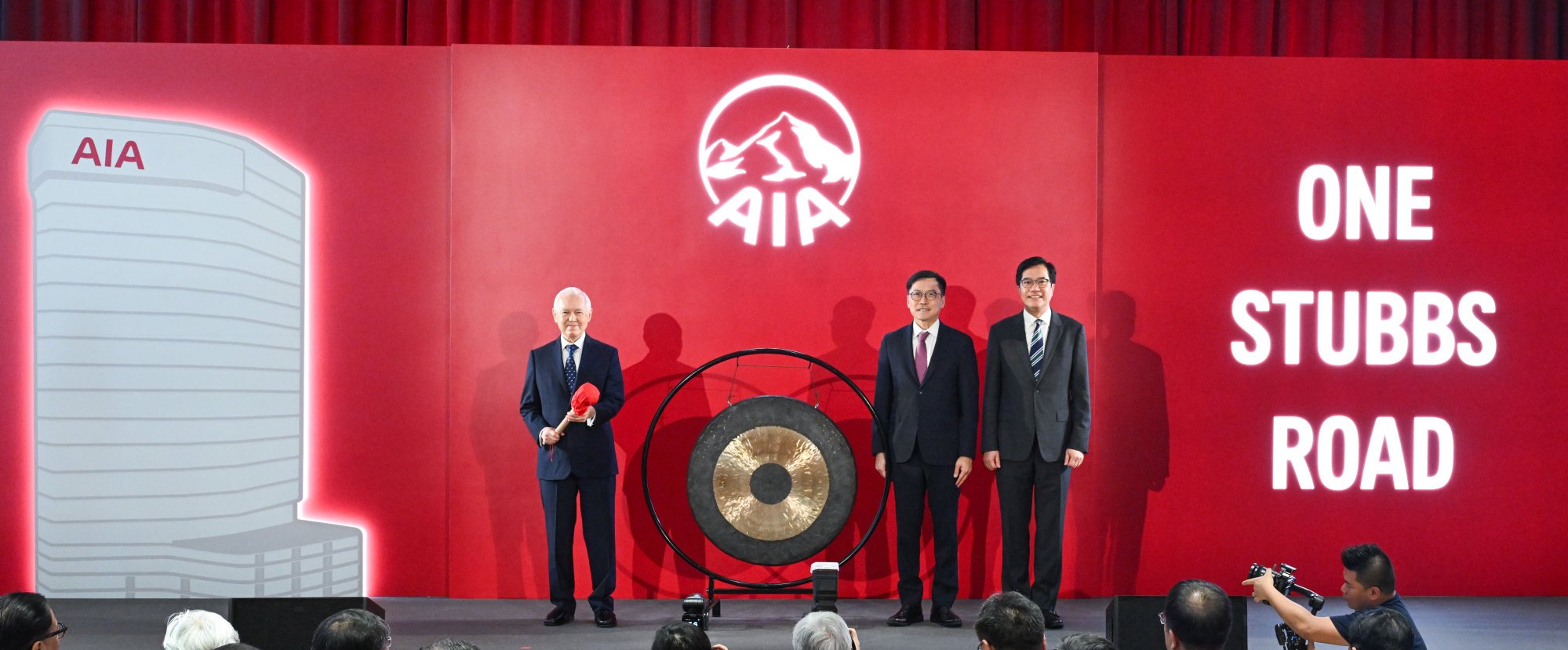
AIA eyes more property assets in mainland China to house operations as insurance business charts strong growth
- AIA is set to reopen its new-look headquarters in Hong Kong, after spending five years to redevelop the 50-year old building in Wan Chai
- AIA has bought properties in Beijing and Shanghai since late 2022, backed by strong cash flow and new business volume
AIA Group, Asia’s biggest publicly traded insurer, is looking to own more properties in mainland China to consolidate its operations, picking an opportune time when a two-year slump has rendered asset prices “affordable” to long-term investors.
The insurer will be looking to own premium office buildings in key growth cities like Beijing, Guangzhou and Shenzhen, after an economic slowdown that started in 2022 led to a spike in vacancy rates in commercial properties last year. The plan will add to its recent acquisitions in Shanghai.
“Property prices are affordable and we have strong cash flow, which enables us to invest in office buildings for our own use,” chairman Edmund Tse Sze-wing said at a media briefing in Hong Kong. “China is one of our major markets, we are not short-term investors.”
AIA took five years to redevelop its headquarters in Hong Kong, turning the 50-year old building in Wan Chai into a modern structure to prevent wastage and keep up with new environmental and energy demands. The insurer will unveil its new-look tower on 1 Stubbs Road on Monday.

AIA paid 2.4 billion yuan (US$337.5 million) in January to acquire a 95 per cent share in the Capital Square Beijing building in Chaoyang district. It followed the purchase of a 90 per cent share in a commercial complex in Shanghai’s North Bund, now renamed AIA Financial Centre, for 5 billion yuan in December 2022.
Savills forecasts vacancy rates in grade A offices to increase in 10 major mainland cities including Beijing, Shanghai, Guangzhou, Shenzhen and Hangzhou, with most of them experiencing excess supply. China’s office-market cycle, which typically lasts for four to six years, remains shaky since prices fell from 2022, the property consultancy said in a report in January.
Tse, 86, led AIA’s return to mainland China in 1992, by becoming the first foreign insurer with a licence to operate onshore. The insurer was established in Shanghai in 1919 and left the mainland market after 1949.
Having its own building in Hong Kong to house some 1,800 staff under one roof will help AIA better control costs, Tse said. The building will incorporate the latest technology and allow the firm to “train and nurture a new generation of insurance leaders”, he added.
AIA reported a 31 per cent jump in value of new business to US$1.33 billion in the first three months of 2024, the best quarter in its operating history. The yardstick is an indicator of its growth trajectory.
Hong Kong and mainland China now account for more than 50 per cent of AIA Group’s new business value in 18 markets. Tse believes these two markets will continue to be a growth engine for AIA.
“There have been a lot of ups and downs in the insurance market in Hong Kong over the past 50 years, but Hong Kong remains resilient,” he said. “With policy support from the central government, the insurance industry in Hong Kong will continue to prosper.”
CEO Lee Yuan Siong said the reopening of its headquarters is a milestone in AIA’s 90 years of business in the city.
“The new building will use all the environmentally friendly design features to cut down waste and use of energy,” said Mark Konyn, AIA group chief investment officer. “It is equipped with a gym and indoor running track ... creating an environment for the staff to enjoy and develop their career.”

